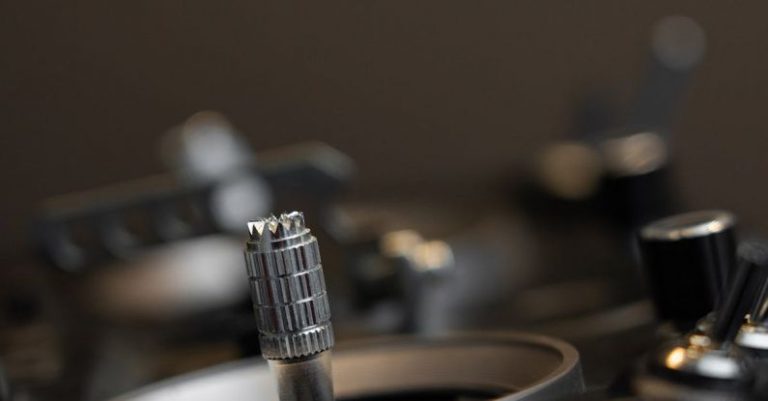Exploring the Benefits of Composites in Structural Engineering
Composite materials have revolutionized the field of structural engineering, offering a wide array of benefits that have transformed the way we design and construct buildings, bridges, and other infrastructure. Composites, typically composed of two or more constituent materials with different physical or chemical properties, have gained popularity due to their exceptional strength-to-weight ratio, durability, corrosion resistance, and flexibility in design. In this article, we will delve into the advantages of using composites in structural engineering and explore how they have become a game-changer in the construction industry.
Enhanced Strength and Lightweight Properties
One of the most significant advantages of composites in structural engineering is their exceptional strength-to-weight ratio. Composites are known for their high strength and stiffness, making them ideal for applications where weight reduction is crucial without compromising structural integrity. Unlike traditional materials like steel or concrete, composites offer the ability to achieve the same strength with significantly less weight, allowing for lighter and more efficient structures. This characteristic is particularly valuable in industries such as aerospace, automotive, and marine engineering, where weight reduction is a critical factor in design.
Durability and Corrosion Resistance
Another key benefit of composites is their superior durability and corrosion resistance compared to traditional materials. Composites are inherently resistant to moisture, chemicals, and environmental factors that can cause degradation in other materials. This property makes composites an excellent choice for structures exposed to harsh weather conditions, corrosive environments, or high levels of humidity. By using composites, engineers can extend the lifespan of structures and reduce maintenance costs over time, making them a cost-effective solution for long-term durability.
Flexibility in Design and Customization
Composites offer unparalleled flexibility in design, allowing engineers to create complex shapes and structures that would be challenging or impossible to achieve with traditional materials. The versatility of composites enables architects and designers to unleash their creativity and innovate in ways that were previously constrained by the limitations of conventional building materials. Whether it’s creating curved facades, intricate geometries, or organic forms, composites provide limitless possibilities for customization and aesthetic appeal in structural engineering projects.
Improved Sustainability and Environmental Impact
In an era where sustainability is a top priority, composites have emerged as a more environmentally friendly alternative to traditional materials. Composites can be manufactured using recycled or renewable fibers, reducing the reliance on finite resources and minimizing the carbon footprint of construction projects. Additionally, the lightweight properties of composites contribute to energy savings during transportation and installation, further reducing the overall environmental impact of building structures. By choosing composites, engineers can help mitigate the environmental consequences of construction and promote sustainable practices in the industry.
Cost-Effectiveness and Long-Term Savings
While the initial cost of composites may be higher than traditional materials, the long-term savings and benefits outweigh the upfront investment. Composites require minimal maintenance, have a longer lifespan, and offer superior performance in terms of durability and strength, resulting in reduced repair and replacement costs over time. By choosing composites, project owners can achieve significant cost savings in the long run, making them a financially prudent choice for various structural engineering applications.
Innovative Applications and Future Prospects
The use of composites in structural engineering continues to evolve, with ongoing research and development expanding the boundaries of what is possible with these advanced materials. From self-healing composites to smart materials that can adapt to changing environmental conditions, the future prospects of composites in structural engineering are promising. As technology advances and new manufacturing techniques emerge, composites are poised to play an even more significant role in shaping the buildings and infrastructure of tomorrow.
In conclusion, the benefits of composites in structural engineering are undeniable, offering enhanced strength, lightweight properties, durability, flexibility in design, sustainability, cost-effectiveness, and innovative applications. As the demand for high-performance and sustainable structures grows, composites will undoubtedly continue to be at the forefront of innovation in the construction industry. By embracing the advantages of composites, engineers can unlock new possibilities and push the boundaries of what is achievable in structural engineering, paving the way for a more resilient and sustainable built environment.





